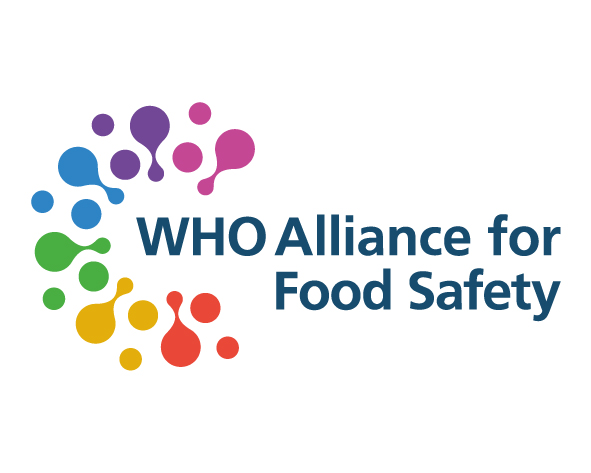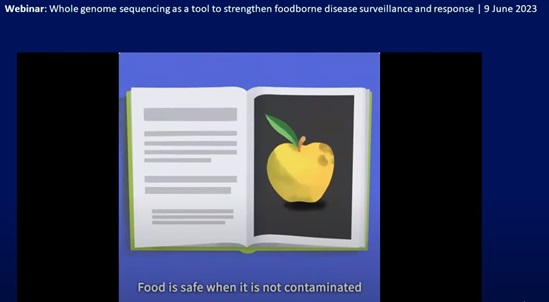Strengthening foodborne disease surveillance
Foodborne diseases (FBD) represent a significant global public health burden, leading to millions of illnesses, economic losses and a strain on health systems each year. A robust surveillance system is critical for detecting outbreaks, assessing risks and guiding policies to improve food safety. Integrated food chain surveillance is the ultimate goal, ensuring that human health, animal health and food monitoring data are regularly shared and used for risk analysis.
An effective foodborne disease surveillance system incorporates several key components:
- event-based surveillance: rapidly reporting unusual health events to detect outbreaks;
- indicator-based surveillance: routine laboratory-based surveillance to track trends in notifiable foodborne diseases;
- multisectoral collaboration: coordination between public health, food safety, veterinary and environmental sectors to improve prevention, detection and response;
- ad-hoc studies: targeted investigations to support source attribution, burden estimation, and risk assessments, thus filling critical data gaps where routine surveillance may be insufficient; and
- response: capacity at national and subnational levels to conduct investigations and implement effective control measures.
These components are driven by data from human, animal and food monitoring systems ensuring a holistic, One Health approach to surveillance.
With climate change influencing pathogen distribution and antimicrobial resistance complicating treatment options, strengthening FBD surveillance is more urgent than ever. WHO supports countries through technical guidance, capacity building and global networks like the WHO Alliance for Food Safety. These efforts help to enhance global surveillance capacity and support progress towards achieving the surveillance target and objectives set out in the WHO Global Strategy for Food Safety.

/nutrition-and-food-safety-(nfs)/monitoring-nutritional-status-food-safety-events-(mnf)/surveillance-and-response.tmb-479v.jpg?sfvrsn=548b1e2f_4)


/nutrition-and-food-safety-(nfs)/monitoring-nutritional-status-food-safety-events-(mnf)/fig-1_foodborne-surveillance-system.tmb-549v.png?sfvrsn=c2024f05_2)





